Click
HERE
Home
REFLECTIONS
LANGUAGE
Where is language located in relationship to our practices? (within, adjacent, after)?
GENDER
Where is the ‘female’ within our practices / theories / discourse?
BINARIES
Where are there binaries and can we consciously move away from them to have nuanced articulations?
Create new spaces for discourse / being / making?
MIND - BODY DULISM
As a group, can we mix our strengths to create a thinking through making exchange. Is collective exchange a way to unlock the making and the theory to create a mix?
‘REFLECTIONS
Macro and Micro’
‘Indescribable space’
Relevant / What holds relevance to the intimacy of making?
Intimate relationships with and to...
Touch - What is this / how is it relevant / what does it mean / How does it take place?
Being ok with not knowing.
Week Three (week two texts)
RH Reflections on content:
Karen Barad: Troubling Time/s, Undoing the Fu- ture (36 min) Youtube
Prior to the meet up we watched the Karen Barad film. I took the following notes and reflections:
From the 1950 we entered a new epoch due to the Hydrogen / atomic bomb. The constant threat of annihilation with now climate change and climate disaster a threat.
The ‘equilibrium in nature has been upset’.
Doomsday clock = ‘Time fixated on its own demise’ - this quote linked to previous conversations we had about time and COVID, time and making, time and the Simon Knott video on new materialism and craft. How time might exist in different frequencies / pitches / ways of monitoring.
Yet with globalisation of time is forever linked to ‘the militarisation of space and time’.
‘Homogeneous empty time’ (Walter Benjamin)
On time, ahead of time, late = progress (Western)
Materialities Text
‘Cities are the places where Capitalism find their ground’...are they? Where is Capital/ism located? In what matter? In what geography? In what time zone? In surfaces?

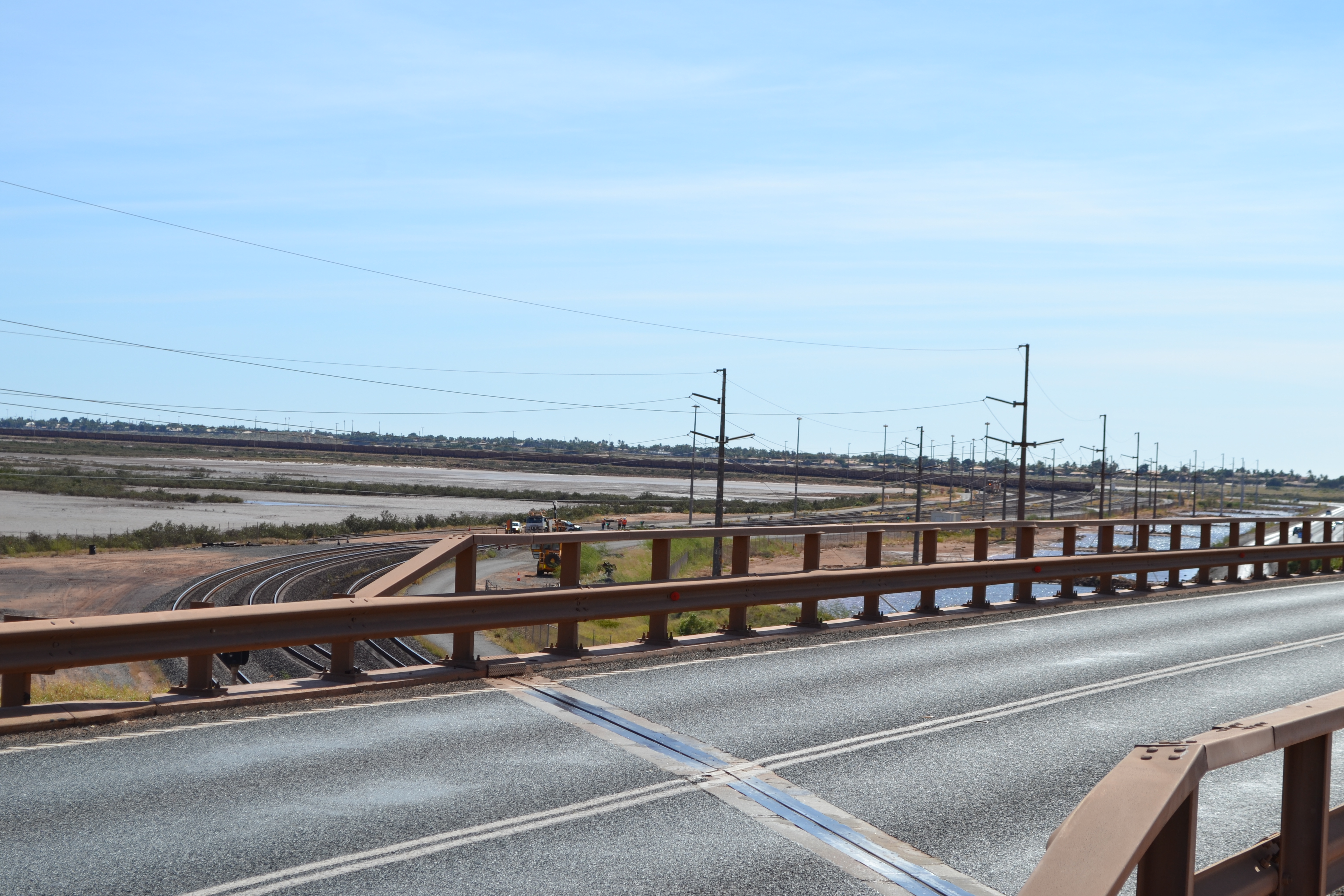
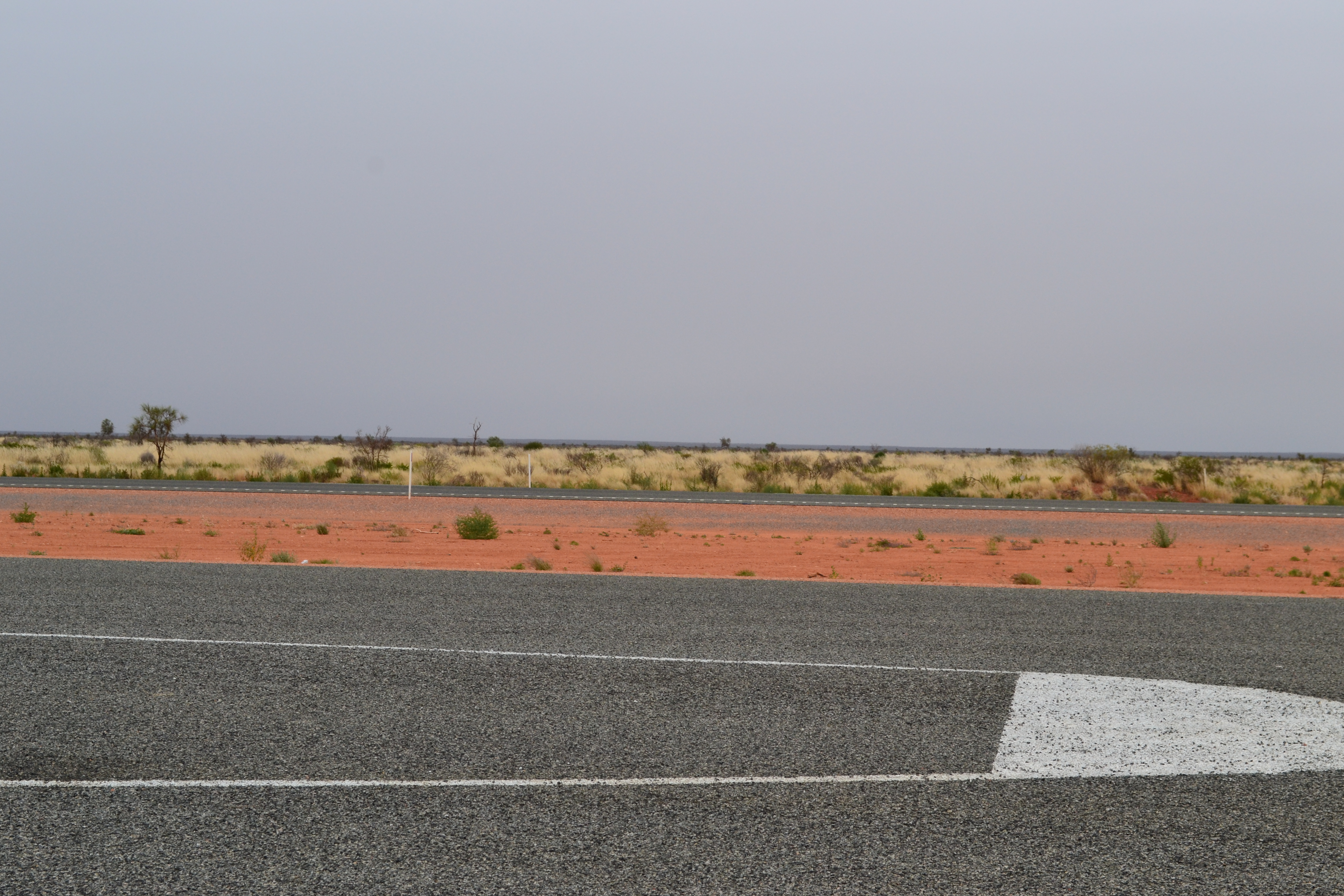
'This chapter asks, What kinds of materials are cities made of? And what are the qualities of those materials? This might seem obvious. They are made of things like houses, apartment buildings, roads, factories, offices, cars and trucks, ports, airports, railway stations and mass transit systems, constructions of stuff like bricks, concrete, steel, glass,
wood and stone and so on, right?
Cities are made of materials like this. But if we look around most urban environments we will also see all sorts of other things. Trees, grasses,
shrubs, animals of all different kinds, from domestic cats and dogs, to horses, chickens, and cattle, and wild animals like possums, foxes, rats' ...
'And if we looked even closer we would also start to notice that a whole range of other things are congregating in and circulating through urban environments. Things like energy – in
a whole range of forms and for a whole range of entities – as oil, gas, petrol, as electricity, as food, as lighting.'
MATERIALITIES
Alan Latham, UCL, 2015
A book chapter for: Mark Jayne and Kevin Ward : Urban Theory: New Critical Perspectives,
Routledge: London.
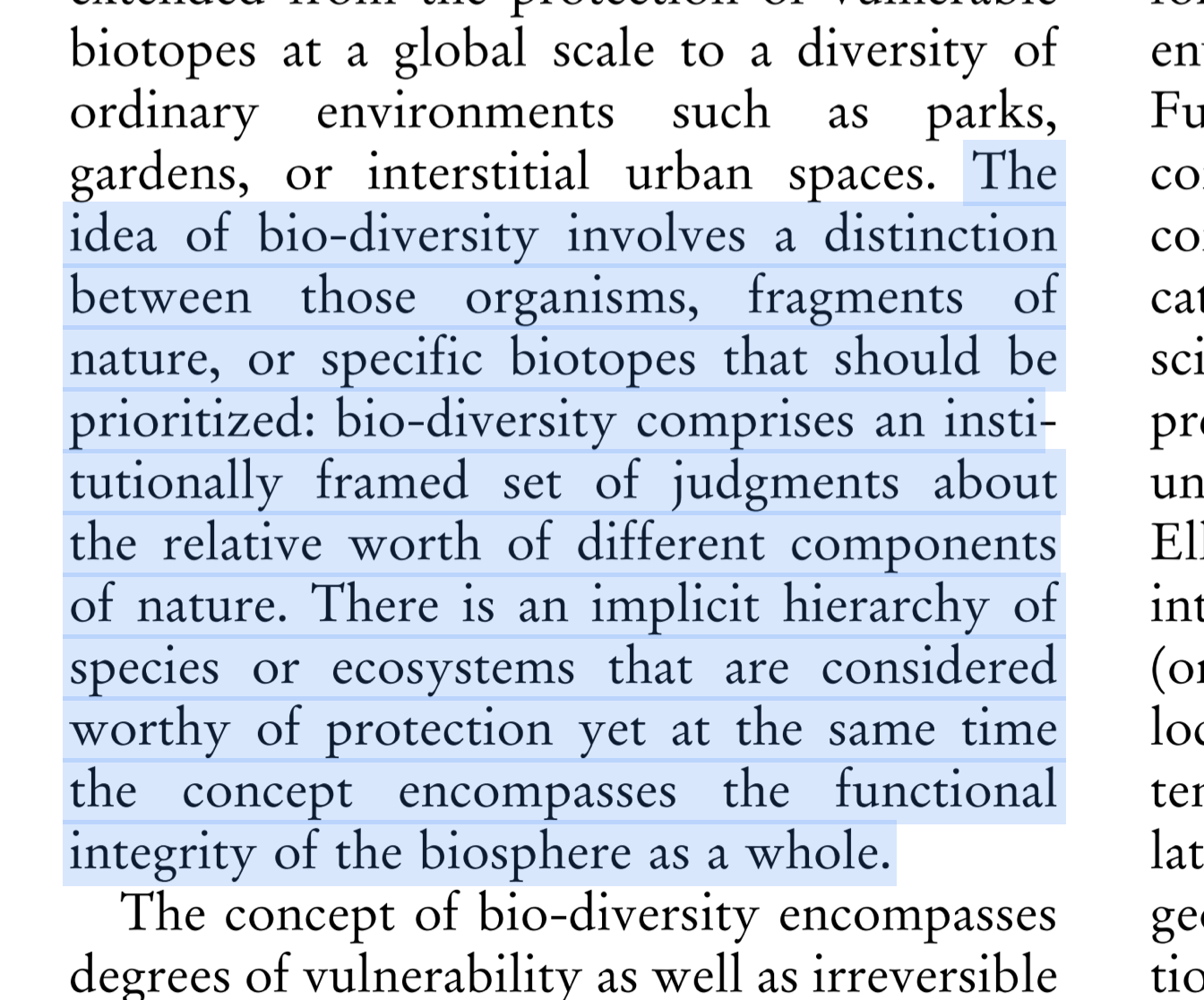


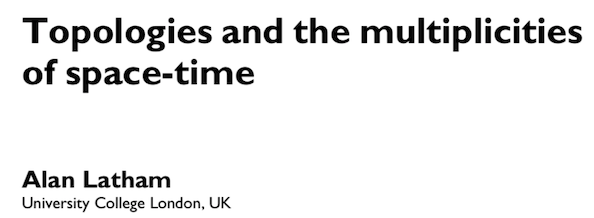
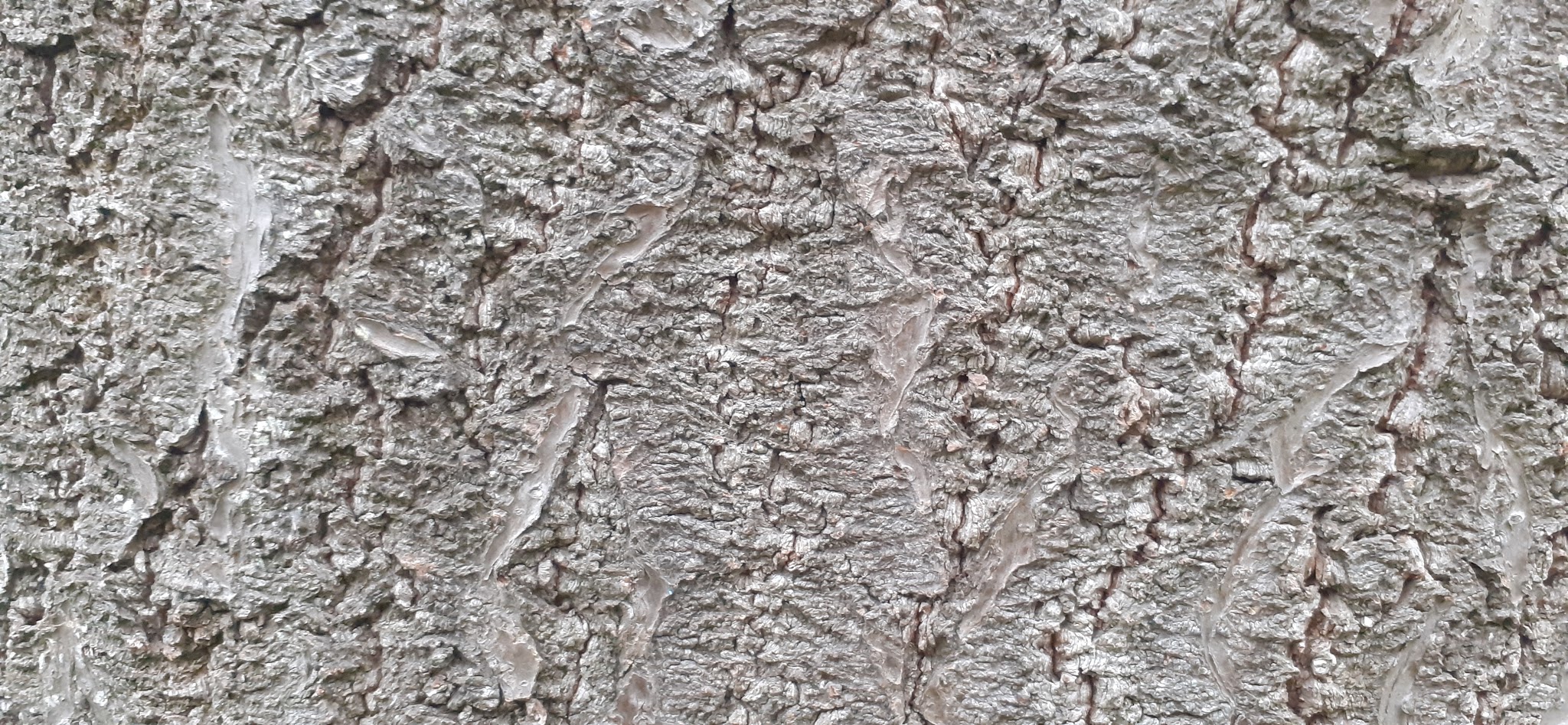
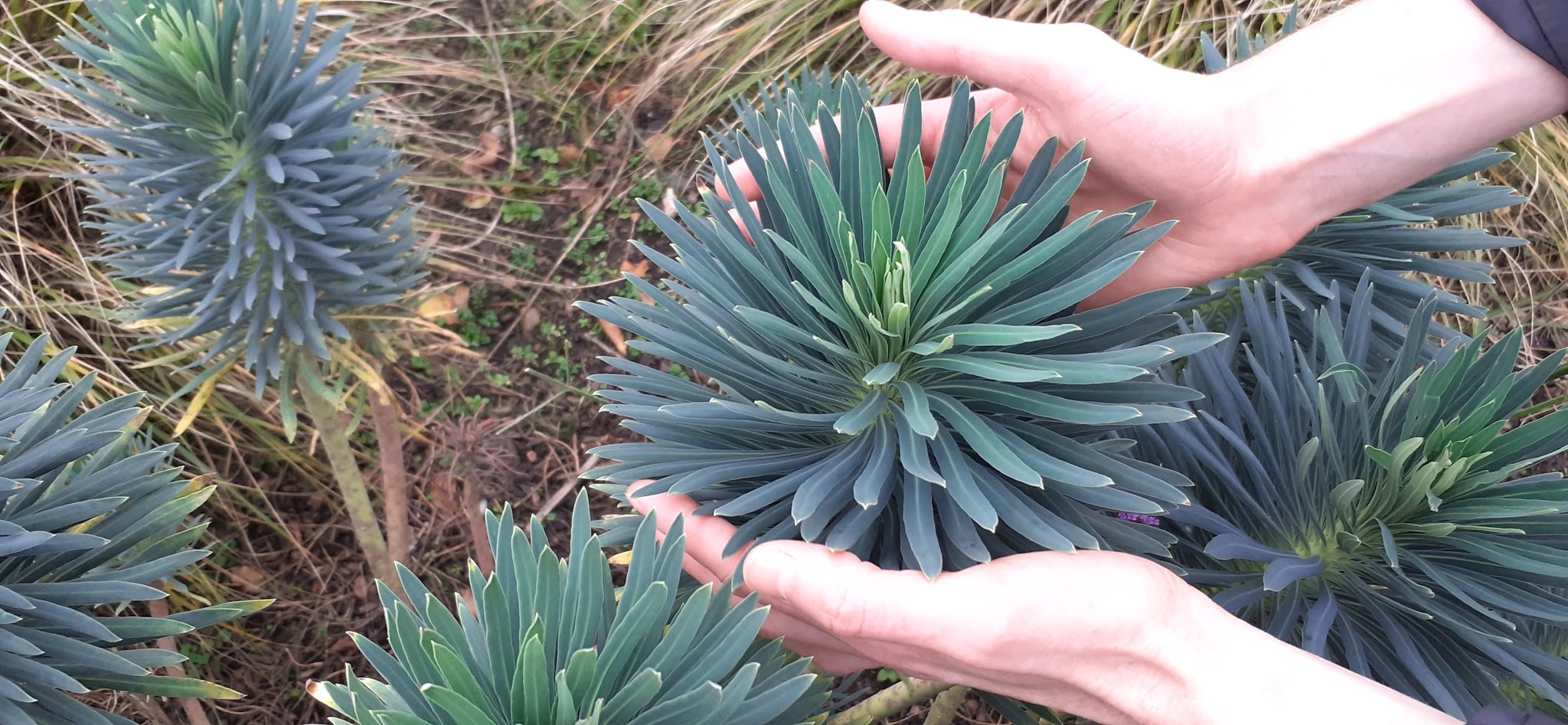
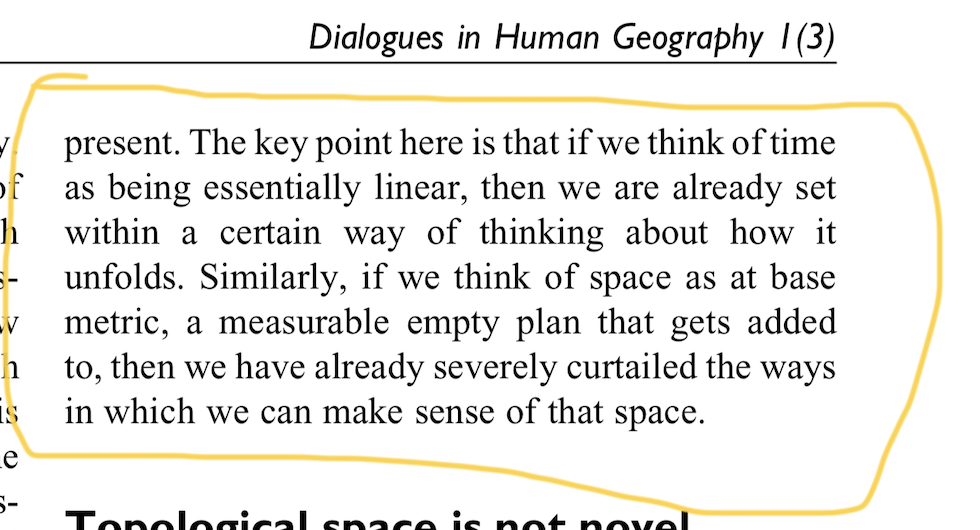

Rhiannon
Hunter
Thinking through doing and responding to texts.
Jane Bennett read by Rona Lee